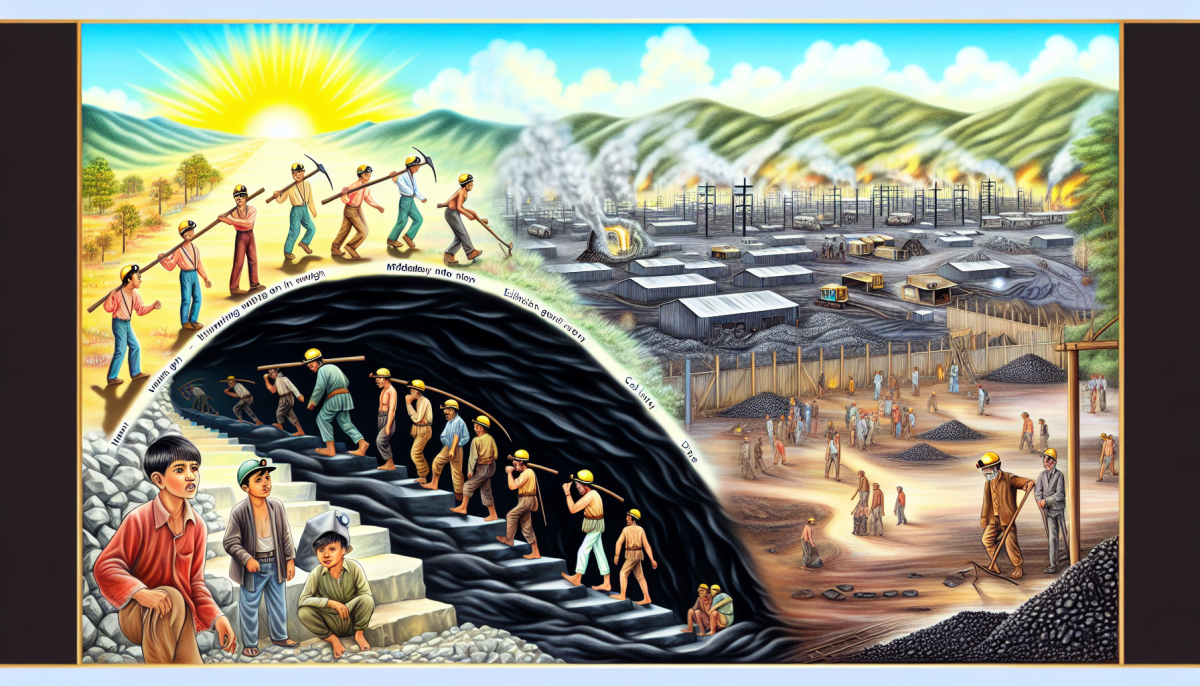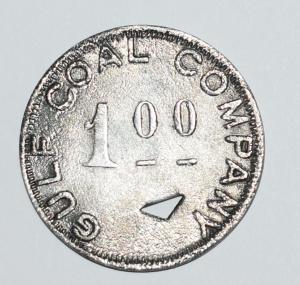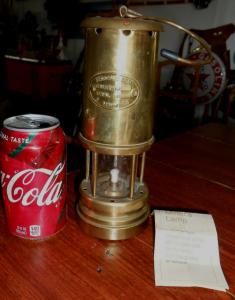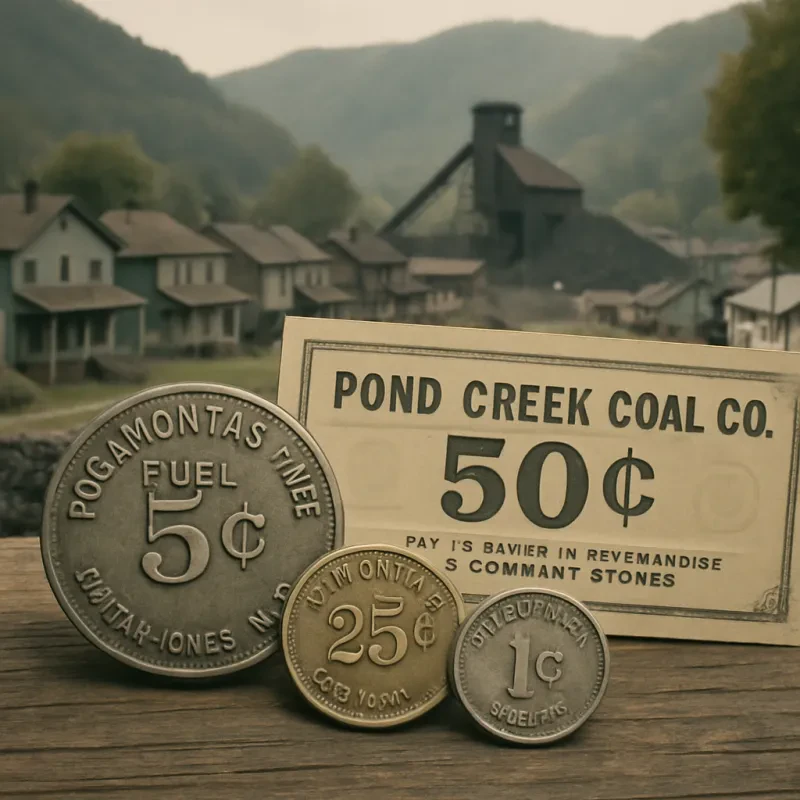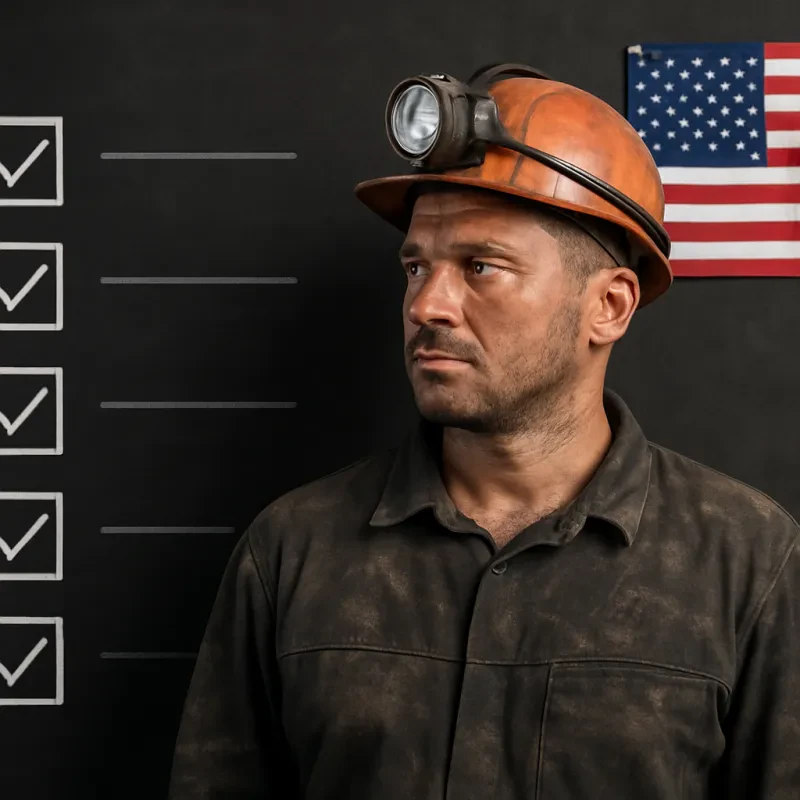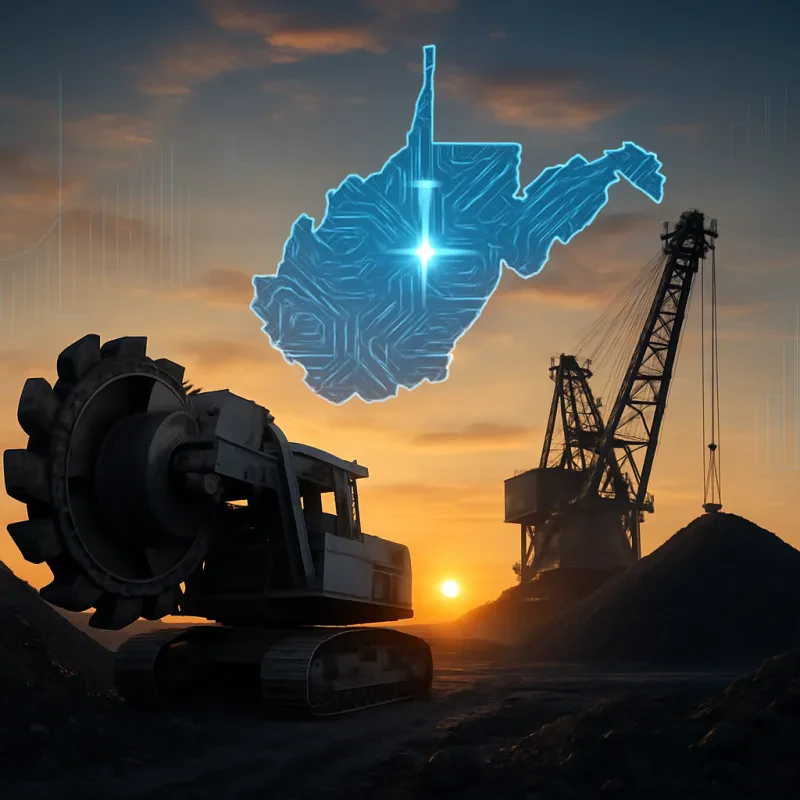Coal camps were unique communities that sprouted up around coal mines, serving a vital role in the coal industry, especially in the late 19th and early 20th centuries. These camps were designed to house miners and their families, often built right next to the mines for convenience. Life in coal camps revolved around the mining cycle, and the close-knit nature of these communities fostered strong social ties.
In their heyday, coal camps offered more than just homes; they often included stores, schools, and places for social gatherings. However, the living conditions could be challenging. Many camps were owned by the mining companies, which meant they also controlled the housing and the stores, leading to a lot of restrictions on the miners and their families. Wages were often low, and the cost of goods in these company stores could be high, trapping families in a cycle of debt.
As the demand for coal grew, many coal camps flourished. They became bustling hubs of activity, attracting waves of new residents seeking work and a better life. But over time, coal camps faced hardships. With the rise of alternative energy sources and a decline in coal production, many of these vibrant communities began to shrink and, in some cases, disappear altogether. Families moved away, leaving behind ghost towns that tell the story of a once-thriving industry.
Today, the history of coal camps is a reflection of both the promise and challenges faced by mining communities. It highlights the resilience of the people who lived there and their struggles for better lives amidst the complexities of the coal industry. Learning about coal camps helps us understand not just the past but also the ongoing impacts of industrial changes on communities.
Life Inside a Coal Camp Community
Children grew up playing in the dirt roads, while their parents worked tirelessly in the mines. Schools were a vital part of the community, often set up in makeshift spaces. Education was essential, but so was teaching kids the values of hard work and resilience. Many young ones would help out around the camp after school, contributing to family earnings while learning the importance of teamwork.
Social gatherings were a huge part of life in coal camps. Whether it was a church service on Sundays or community picnics in the summer, people found ways to support one another and celebrate small victories. These events fostered a sense of belonging and helped residents feel connected to one another, even through tough times.
However, life in coal camps wasn’t without its challenges. Jobs were often dangerous, and the community faced health risks due to dust and long working hours. Many families depended on mining for their livelihood, leading to tough decisions when coal availability fluctuated. When the industry began to decline, it not only changed how the camps operated but altered the very fabric of these tight-knit communities.
Economic Impact of Coal Camps
First, coal camps created jobs, not just in mining but in many related fields. Local shops opened up to serve miners, while schools and healthcare facilities sprang up to support families. The influx of workers into these towns meant more demand for housing, leading to a boom in construction and an increase in property values. In many cases, entire towns developed around these coal camps, creating a tight-knit community that relied on coal as its lifeblood.
However, the reliance on coal camps also had its downsides. When the demand for coal dropped, many of these towns faced economic decline. Jobs vanished, businesses closed, and people were forced to move away in search of work. This cycle of boom and bust led to some coal camps becoming ghost towns, remnants of what was once a vibrant economy.
In recent years, the legacy of coal camps still influences local economies. Efforts to diversify and explore alternative energy sources are underway in many areas that once relied heavily on coal mining. Understanding the economic impact of coal camps is essential for recognizing the challenges and opportunities these communities face as they navigate a transitioning economy.
The Decline and Legacy of Coal Camps
Coal camps were once bustling communities, integral to the coal mining industry. They sprang up to support miners and their families, providing not just jobs but homes, schools, and stores. Life in these coal camps was tough but often filled with a sense of camaraderie among the residents. Neighbors looked out for one another, sharing the hard work and hardships that came with mining.
However, the decline of coal camps began as the demand for coal started to fade. With the rise of cleaner energy sources, fewer people needed coal for heating and power. This shift hit coal camps hard. Mines closed, jobs disappeared, and many families had to leave in search of new opportunities. The once-vibrant communities fell silent, with empty streets and abandoned homes now telling the story of a bygone era.
Despite their decline, the legacy of coal camps continues to resonate today. Many former residents recall the strong sense of community and resilience that defined their lives. While the physical structures may be gone, the memories and history of coal camps endure, reminding us of the grit and determination of those who lived and worked in these unique environments.
Today, efforts are being made to preserve this history. Museums and local organizations are dedicated to honoring the culture and contributions of coal camps. The stories of the miners, their families, and the communities they built provide important lessons that help us understand the impacts of industrialization on rural America. These legacies are a vital part of our shared history, reminding us of the people who shaped our world through their hard work in the coal camps.
